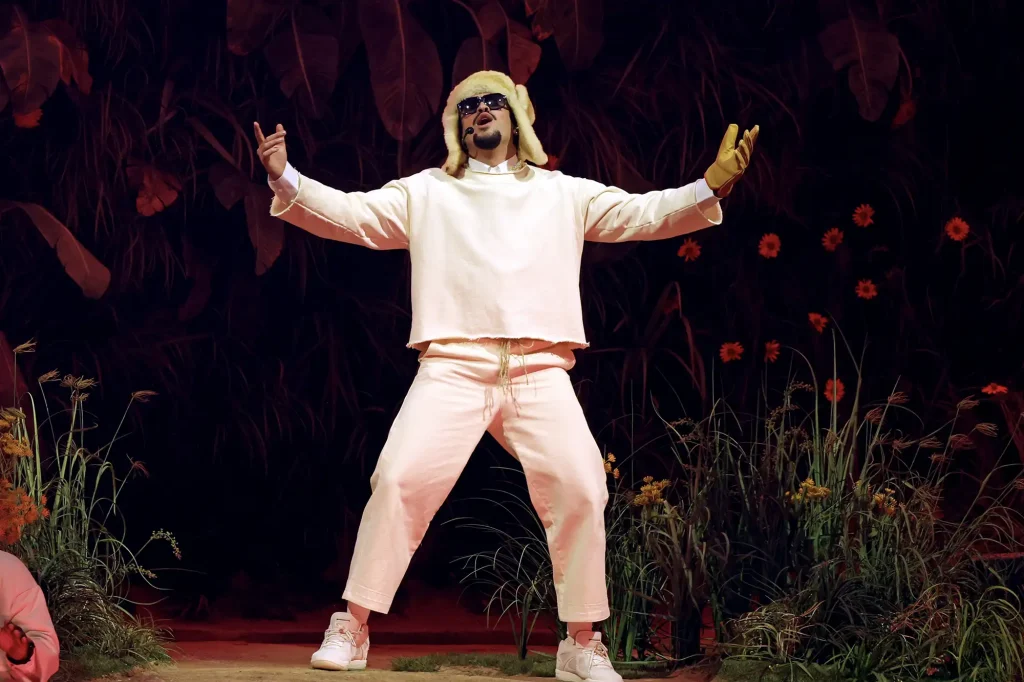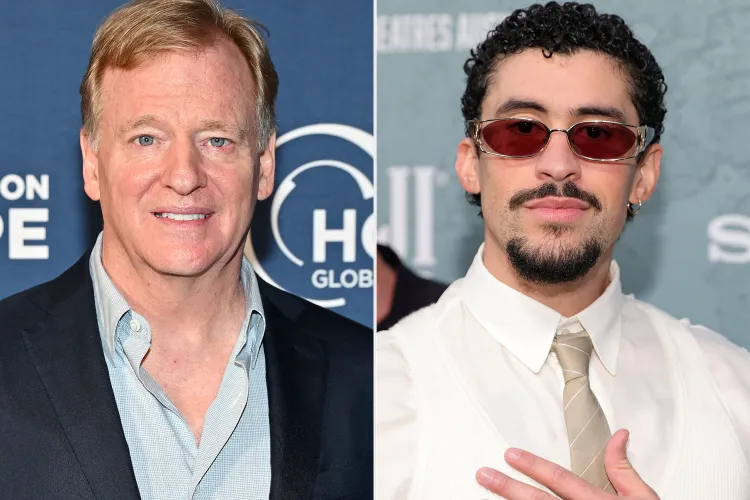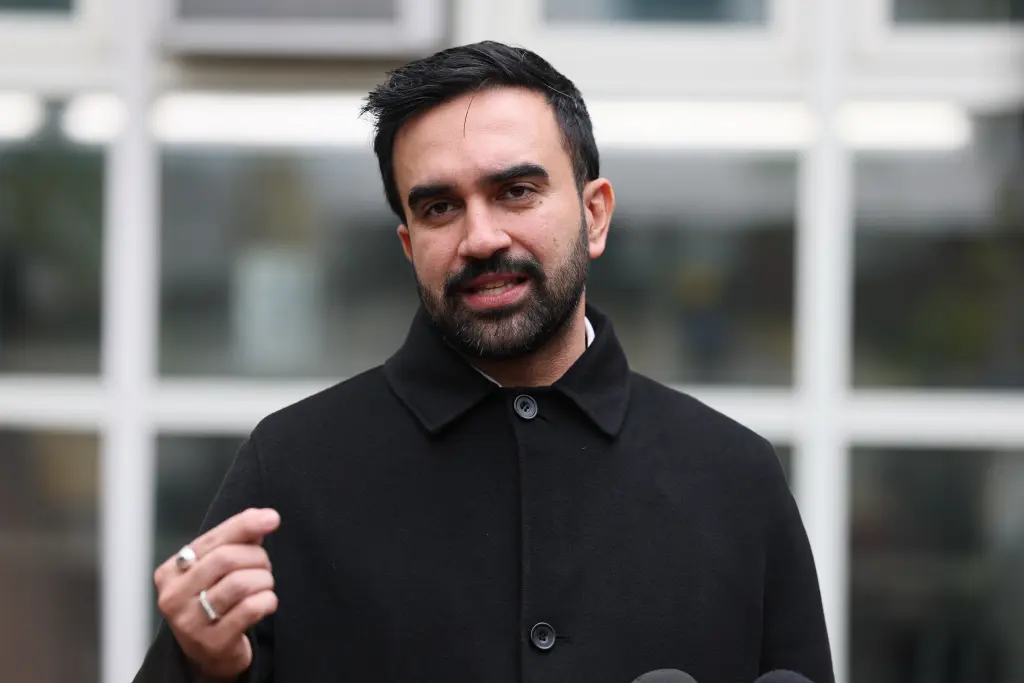Roger Goodell Responds to Backlash and Says the NFL Won’t Remove Bad Bunny from the Super Bowl LX Halftime Show
Roger Goodell finally said the quiet part out loud: the NFL isn’t budging. After weeks of noise online and on cable shows about Bad Bunny headlining the Apple Music Super Bowl LX Halftime Show, the commissioner made it clear there are no plans to replace the Puerto Rican superstar. In a short but pointed set of comments, Goodell said the league chose an artist who reflects football’s massive, global audience and that the show will go on as planned. It wasn’t fiery or defensive; it sounded like a decision that had already been made and a conversation the league was ready to move past.

The backlash that bubbled up after last month’s announcement felt familiar. Every few years, the halftime stage becomes a cultural weather vane, and everyone checks to see which way the wind is blowing. This time, critics took aim at Bad Bunny’s lyrics, his visuals, and even his language, as if the most streamed artist in the world somehow didn’t belong on the biggest stage in American sports. Supporters countered with the obvious: Benito Martínez Ocasio is a generational talent with a catalog of stadium anthems, a track record of high-production live shows, and a fan base that crosses borders and languages. The NFL loves scale, and Bad Bunny is scale.
Goodell leaned into that reality. He pointed to the halftime show’s purpose—to entertain, to surprise, to deliver a spectacle that people remember long after the confetti is swept up. That logic is hard to argue with, especially when you remember this won’t be Bad Bunny’s first time on the Super Bowl stage. He appeared as a guest in 2020 during Shakira and Jennifer Lopez’s show, a performance many still rank among the event’s most dynamic. Since then, his résumé has only grown: multiple Grammy wins, sold-out tours that broke records, and a run as the most streamed artist globally for several consecutive years. If anything, the question isn’t why he’s headlining—it’s what took so long.

There’s also a practical side to the league’s decision. The halftime show is planned months in advance: creative direction, stage engineering that assembles and disappears in minutes, broadcast timing measured down to the second, and dozens of camera cues that must be rehearsed relentlessly. Swapping artists this late would be like changing quarterbacks in the middle of a two-minute drill and expecting the same playbook to work. The NFL rarely chooses chaos when the stakes are this high.
Of course, the halftime stage is never just about music; it’s about identity. When Prince performed in the rain, it said something about excellence under pressure. When Beyoncé brought a marching band and a message, it said something about art and power. A Bad Bunny halftime says something too—that the NFL understands its audience now includes millions of fans who cheer in English and Spanish, who grew up with reggaetón in their playlists and Sunday football on their TVs. Whether you love him or you’re hearing him for the first time, you’ll know the songs by the end of the night. That’s what a great halftime does.

If Goodell sounded calm, it’s because the league has been here before. Controversy flares, then the lights go down, and the performance takes over. The league will keep emphasizing safety, competition, and—once a year—pure entertainment. The rest is commentary. For Bad Bunny, the mission is clearer still: turn 12 minutes into a moment. He’s done it in arenas from Miami to Madrid; doing it at the Super Bowl is simply the next mountain.
So the stage is set. The scripts are written, the rigs are designed, and somewhere a drummer is counting the bars until the exact second the lights pop back on. When they do, the NFL will be betting on what it has always bet on: that a great show can quiet a loud week. And this time, the show belongs to Bad Bunny.



